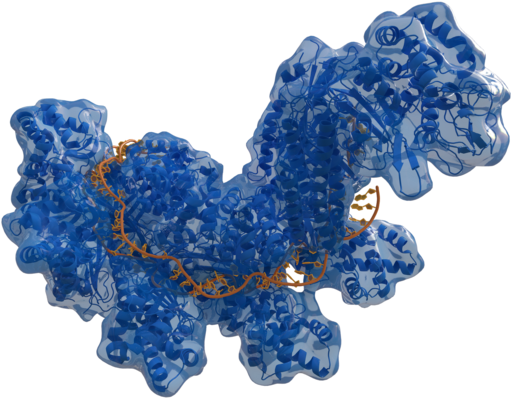The Third International Summit on Human Genome Editing issued a closing statement a few weeks ago calling for a pause on human genome editing – not permanently as some activists had hoped on ethical grounds, but instead for the near future because the technology is not currently sufficiently advanced as to ensure success. Gene editing involves editing embryos outside the womb and then implanting them to establish pregnancy. In addition to the numerous ethical concerns, such as a pathway to eugenics that the technology might lead to, the summit decided that the risks are simply too great at the present time.
 This is because the edits made can result in unintended – and sometimes dangerous – consequences for the embryo that traditional DNA screenings may not pick up on. Gene editing works by unraveling the double helix with helicase (just like in DNA replication), cutting the DNA strand with an enzyme, and then having the cell’s own mechanisms, such as primase and DNA polymerase, combined with the new “blueprint” for DNA, tell the cell the order the nucleotides are placed in and complete the double helix again to form a complete, but modified, DNA strand. However, sections of DNA can be permanently lost or mistranscribed in the process, resulting in genetic disorders or cell malfunction, including cancers. These are similar to the risks that occur during DNA replication and the general life of the cell, but are significantly more likely to occur. Furthermore, mosaicism, often seen on small levels like calico cats (where different cells receive different activated genes than others), can occur on a massive scale, where some cells receive edits and others don’t, leading to health problems down the road for the embryo, if it survives at all.
This is because the edits made can result in unintended – and sometimes dangerous – consequences for the embryo that traditional DNA screenings may not pick up on. Gene editing works by unraveling the double helix with helicase (just like in DNA replication), cutting the DNA strand with an enzyme, and then having the cell’s own mechanisms, such as primase and DNA polymerase, combined with the new “blueprint” for DNA, tell the cell the order the nucleotides are placed in and complete the double helix again to form a complete, but modified, DNA strand. However, sections of DNA can be permanently lost or mistranscribed in the process, resulting in genetic disorders or cell malfunction, including cancers. These are similar to the risks that occur during DNA replication and the general life of the cell, but are significantly more likely to occur. Furthermore, mosaicism, often seen on small levels like calico cats (where different cells receive different activated genes than others), can occur on a massive scale, where some cells receive edits and others don’t, leading to health problems down the road for the embryo, if it survives at all.
As a result, the summit, composed of the world’s leading experts in CRISPR technology and research, decided to enact a pause on human genome editing for now. As the technology advances and is made safer, however, they claim that they will reconsider it. Until then, the use of CRISPR is limited to other organisms, such as plants and lab animals.


Leave a Reply